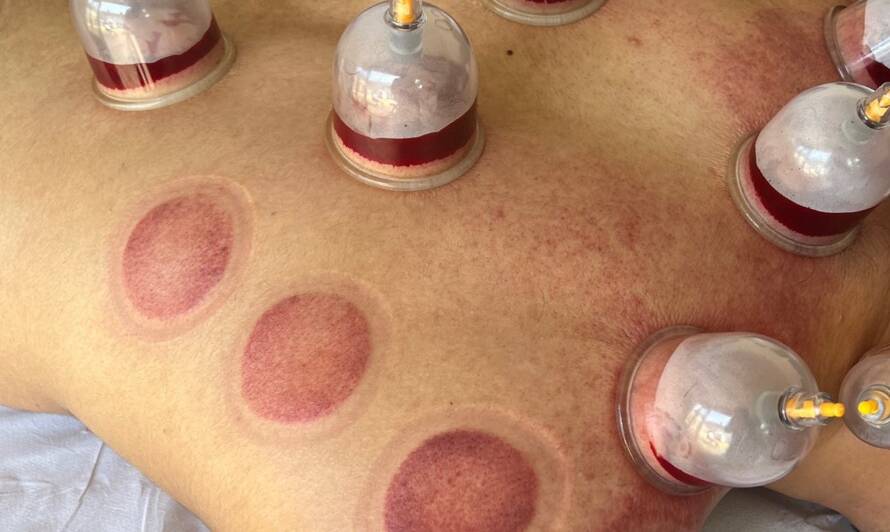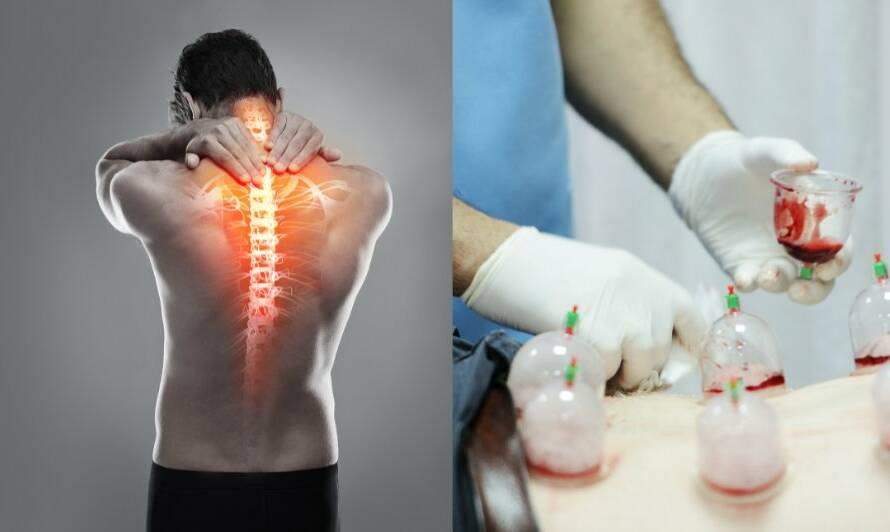Cupping therapy, also known as “Hijama,” is an ancient healing practice that has been practiced for centuries in many cultures. This therapy involves creating suction on the skin using heated cups or mechanical devices to promote healing and improve blood flow. Cupping therapy has recently gained popularity in Western countries as a complementary or alternative treatment for various medical conditions. In this article, we will provide an in-depth overview of cupping therapy and its medical perspective, including its history, benefits and risks, and the scientific evidence supporting its use in treating various ailments.
Cupping therapy is a traditional healing technique that has been used around the world for centuries. In recent years, it has gained more attention as a trendy wellness practice, but many are still unsure about what it entails and how it works. In this article, we’ll explore cupping therapy from a medical perspective, looking at what it is, its history, how it works, and its potential benefits.
Cupping therapy involves placing cups on the skin, creating a vacuum that draws the skin and underlying tissue upward. The cups can be made of various materials, such as glass, bamboo, or silicone. Practitioners may use fire or a pump to create the vacuum. The cups remain in place for a few minutes or longer, depending on the desired effect.
History of Cupping Therapy
Cupping therapy has been used in traditional healing practices in countries such as China, Egypt, and Greece for thousands of years. The exact origin of the practice is unclear, but it is believed to have been used to treat a variety of ailments, including respiratory issues, pain, and digestive problems.
Over time, cupping therapy developed different variations and techniques, depending on the region and culture. For example, in traditional Chinese medicine, cupping therapy is often used in conjunction with acupuncture and herbal remedies. In the Middle East, cupping therapy is often performed with a technique called wet cupping, which involves making small incisions in the skin before applying the cups.
How Cupping Therapy Works
There are two main types of cupping therapy: dry cupping and wet cupping. In dry cupping, the cups are applied to the skin without any incisions. In wet cupping, small incisions are made in the skin before the cups are applied, allowing a small amount of blood to be drawn into the cups.
Practitioners may use different techniques to apply the cups, such as stationary cupping, where the cups are left in place for a set amount of time, or moving cupping, where the cups are gently moved across the skin. Cupping therapy may also be combined with other therapies, such as massage or acupuncture.
Benefits of Cupping Therapy
Physical Benefits – Cupping therapy is said to have several physical benefits, such as reducing pain and inflammation, improving blood flow, and loosening tight muscles. It may also help with conditions such as asthma, migraines, and menstrual cramps.
Psychological Benefits – In addition to its physical benefits, cupping therapy may also have psychological benefits. Many people find the process of cupping to be relaxing and stress-reducing, and it may help with anxiety and depression.
Other Benefits – While more research is needed, cupping therapy has also been explored as a potential treatment for skin conditions, such as acne and eczema, as well as for sports injuries and infertility. However, it is important to note that cupping therapy should be used in conjunction with other medical treatments, and should not be used as a substitute for professional medical advice.
Medical Conditions Treated with Cupping Therapy
Cupping therapy, a form of alternative medicine, has been used for centuries to treat a variety of medical conditions. Here are some common medical conditions that can be treated using cupping therapy:
Pain Management – Cupping therapy is an effective method of treating pain caused by muscle tension, soreness, and other conditions. According to studies, cupping therapy increases blood flow to the affected area, providing relief from pain and promoting healing.
Respiratory Health – Cupping therapy has also been used to treat respiratory conditions such as asthma and bronchitis. Cupping helps to improve lung function and reduce inflammation, easing the symptoms of these conditions.
Musculoskeletal Disorders – Cupping therapy has proven to be effective in treating musculoskeletal disorders such as lower back pain and neck pain. It also helps reduce inflammation and promote healing in these areas.
Other Medical Conditions – Cupping therapy has also been used to treat a variety of other medical conditions, including digestive issues, skin conditions, and even anxiety and depression.
The Science Behind Cupping Therapy
Cupping therapy works by using suction cups to create a vacuum seal on the skin. This vacuum seal increases blood flow to the affected area, promoting healing and reducing pain and inflammation.
While many studies have been conducted on cupping therapy, the evidence supporting its effectiveness is still somewhat mixed. Some studies have shown that cupping therapy can be effective in treating pain and inflammation, while others have shown no significant difference between cupping therapy and a placebo treatment.
Future Research Directions
Future research should focus on developing standardised protocols for cupping therapy and investigating its effectiveness for specific medical conditions. Additionally, more research is needed to better understand the biological mechanisms behind cupping therapy and its potential long-term effects on the body. In conclusion, cupping therapy has been used for centuries and continues to be an important therapy in many cultures. Modern research has shown that it can provide an effective complementary or alternative treatment for various medical conditions. While there may be some side effects associated with cupping therapy, the benefits it offers are numerous and significant. As research in this area continues to evolve, we can expect to learn even more about the potential of cupping therapy for promoting healing and improving overall health.
Is there scientific evidence supporting the use of cupping therapy?
Yes, there is some scientific evidence supporting the use of cupping therapy for various medical conditions. However, more research is needed to fully understand its effectiveness, and cupping therapy should not be considered a substitute for conventional medical treatment.





1 Comment
Time Wires Celebs
I just could not leave your web site before suggesting that I really enjoyed the standard information a person supply to your visitors Is gonna be again steadily in order to check up on new posts